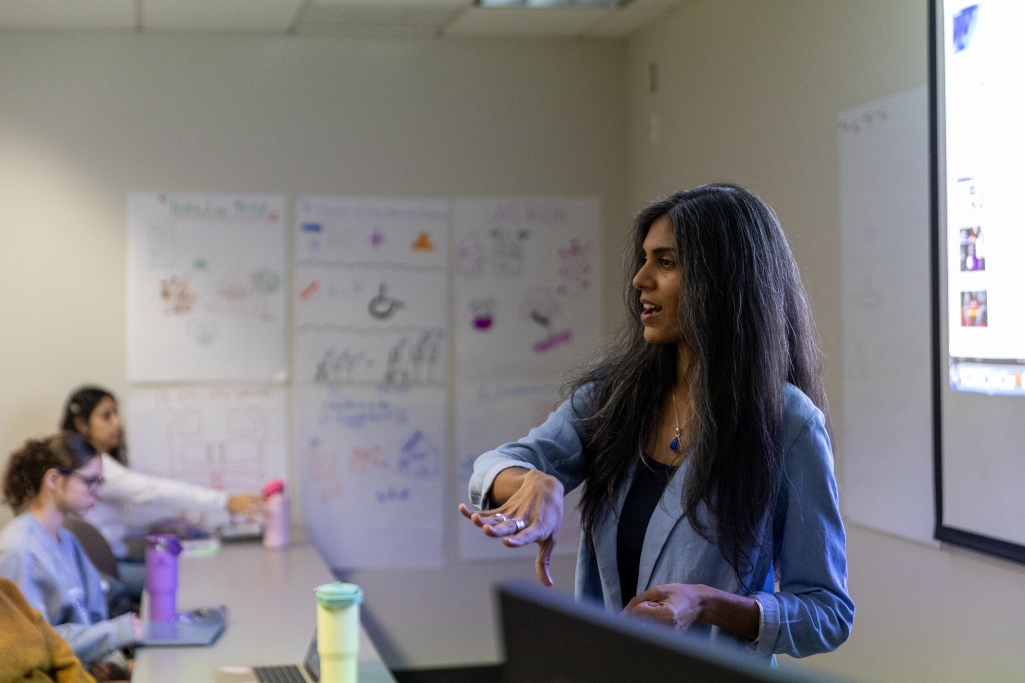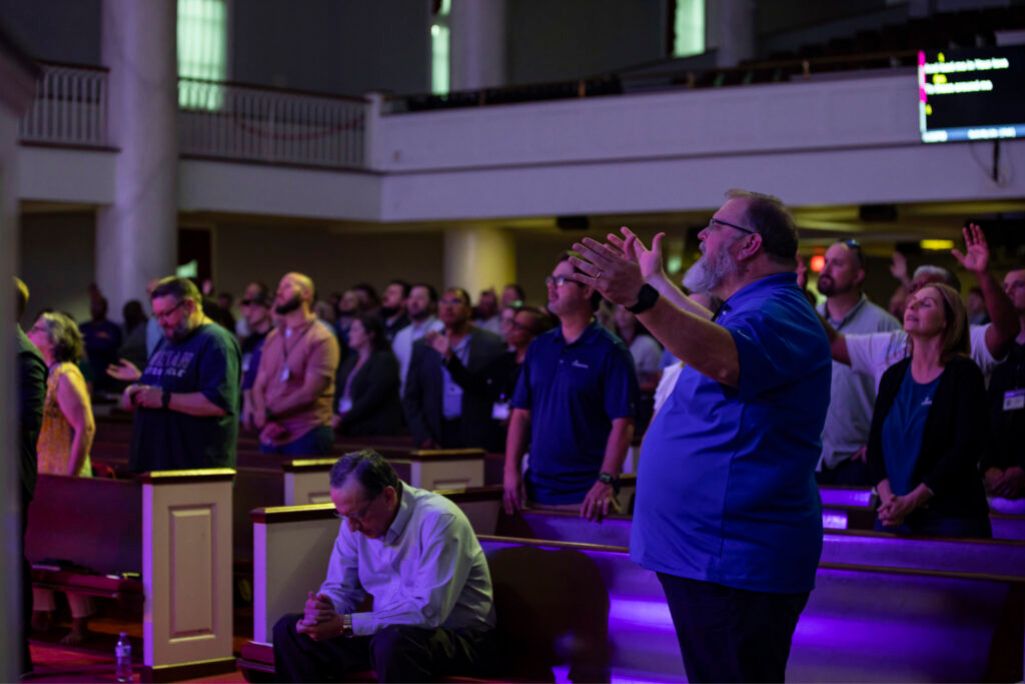
Sonya Singh stresses news literacy in her classes as instructor of Journalism at California Baptist University.
NASHVILLE (BP) — A recent survey that included TikTok’s rise as a news source emphasizes the need for discernment for truthful reporting as well as a willingness to emerge from information silos.
Produced by the Pew Research Center last month, the report showed that while 3% of U.S. adults used TikTok in 2020, that figure jumped to 20% this year. As one would expect, its usage was spurred by those aged 18-29, with 43% saying they use the app regularly to get news.
Over half (56%) of respondents said they get their news through digital devices. Television is next, with 32%. Radio (11%) and printed newspapers/magazines (7%) lagged far behind. News websites or apps are the leading digital source for news, at 27%, followed by social media at 21% and basic web searches at 19%.
Baptist Press reached out to journalism instructors at three Baptist-affiliated universities for their thoughts on the study and what it said about a platform highly popular with their students.
Jackson Carter, assistant professor of communications at Ouachita Baptist University, was surprised by the TikTok findings.
“There has been some preliminary research looking at how people are using TikTok as a search engine, so this feels like the next step,” he said. “As more people find creators they identify with, they are going to use them as sources of information.”
The nature of digital information, however, points to one of its bigger concerns.
“With that said, it does make me nervous about the bubbles that users are creating. TikTok has such a powerful algorithm, and people often only see slices of reality that they resonate with or interact with. This isn’t a TikTok-only problem, but I think it is a problem that TikTok can exacerbate.”
“It’s a fascinating phenomenon to watch and isn’t surprising,” agreed Christian Patterson, Mississippi College assistant professor of communication. “TikTok has 1.94 billion adult users and receives roughly 750 million platform visits each month. It’s very likely that there are numerous citizen journalists present who consistently produce content catered to TikTok’s younger demographics.”
As such, becoming familiar with TikTok wouldn’t be the worst idea.
“(People) should keep an open mind and consider taking a look at TikTok to understand the scope of the platform’s news output,” said Patterson. “It serves as an opportunity to boost their media literacy skills and compare their primary news sources with the content released on TikTok.”
Sonya Singh, instructor of journalism at California Baptist University, expressed concerns about the ability of false information to spread quickly and algorithms creating echo chambers.
“TikTok’s growth as a news source suggests that when faced with a firehose of information, many people want content creators who feel authentic, seem to be knowledgeable and offer something easy to understand, quickly. As a bonus, it’s often entertaining,” she said.
Singh referenced a report last year that said two-thirds of content creators do not check facts before sharing, even while expressing they would want to learn to.
Singh gave an evangelistic tone to journalists using TikTok to “meet those audiences wherever they are” to provide good information.
“Whether on TikTok or elsewhere, we can find individuals and outlets that take the time to provide accurate information and take the steps to build trust with their audiences and communities.”
Carter’s biggest takeaway from the study is its revelation that we live in “an informationally fragmented society.
“The apps that people choose to use increasingly impact the news they see, and the continued use of apps that are algorithmically driven — TikTok, Meta apps, etc. — means that we exist in informational bubbles. This happened before digital devices, but it is now much more common and more difficult to escape.”
Patterson pointed to the fact that more than a third of local newspapers have closed since 2005, contributing to news deserts in rural communities. Digital sources like TikTok are only going to grow stronger. And while he sees artificial intelligence (AI) and chatbots as “the new gatekeepers,” they have yet to gain traction as areas of news consumption.
“We live in very challenging times regarding political divisions within our country,” he said. “It’s an era where companies and entities are seeing positive and negative reactions to their business operations from all ideologies. As a Christian and Army veteran, it’s my hope that we can get closer to the aim in Philippians 2:2, which charges us to complete God’s joy by being of the same mind, love and being in one accord.”
Media literacy remains a basic need and skill for people to build, said Singh, who emphasizes the principle in her classes.
“More people are online than ever, but it’s also harder than ever to separate fact from fiction online, or even fact from opinion,” she said. “I encourage students to learn how to spot misinformation and disinformation, misleading visuals and other things that cause real harm and erode trust.
“But there are also exciting possibilities to reach broader, more diverse audiences through the range of digital media. Social media is huge, of course, but maybe you prefer to get your news from an aggregator that pulls articles from a variety of outlets, or newsletters that help sift through all of that information, or podcasts that explain the context for the news.
“There’s so much within the digital realm that can help us cut through the noise and find quality information.”
(EDITOR’S NOTE — Scott Barkley is chief national correspondent for Baptist Press.)


